Description
Lobelia Crystal Palace
Lobelia Crystal Palace hardy needs describing and is probably the most utilized variety by gardeners, seen almost everywhere, usually edging gardens/borders with vivid blue flowers and striking bronze foliage on ball-shaped, very dwarf, compact plants. Prefers a sunny position and can also be utilized very effectively in hanging baskets. Grows to a height of 6in. and a spread of 12 in.
Cultivation Advice
- Choose a site with partial shade to full sun. In warmer climates, provide afternoon shade to protect the plants from intense heat.
- Lobelia ‘Crystal Palace’ thrives in moist, well-draining soil rich in organic matter. Amending the soil with compost before planting improves its texture and fertility.
- Plant lobelia seedlings or sow seeds after the last frost date in spring. Plant them at the same depth they were growing in their containers or follow seed packet instructions.
- Space lobelia plants about 6 to 8 inches (15 to 20 cm) apart to allow for their compact growth and ensure proper airflow between plants.
- Maintain consistently moist soil for lobelia. Water regularly, especially during dry spells, to keep the soil evenly moist but not waterlogged.
- Apply a layer of mulch around the base of the plants to retain soil moisture, regulate temperature, and suppress weed growth. Organic mulches like shredded bark work well.
- Use a balanced, water-soluble fertilizer or a slow-release fertilizer formulated for flowering plants. Follow recommended application rates and frequency for optimal growth.
- Regularly deadhead spent flowers to encourage continuous blooming. Prune back any leggy growth to maintain a tidy and compact shape.
- Protect lobelia plants from strong winds, as their delicate stems can be prone to breakage. Plant them in sheltered areas or use windbreaks if necessary.
- Lobelia ‘Crystal Palace’ is generally resilient but monitor for pests like aphids or slugs. Use organic pest control methods to address any issues.
- In colder regions, mulch around the base of the plants to protect the roots during winter. Alternatively, treat them as annuals and replant the following year.
- Regularly inspect lobelia plants for signs of stress, pests, or nutrient deficiencies. Adjust watering and care practices based on their needs.
- Lobelia ‘Crystal Palace’ can thrive in containers, window boxes, or hanging baskets. Use a well-draining potting mix and ensure containers have drainage holes.
- Consider mixing Lobelia ‘Crystal Palace’ with other shade-loving or partial-sun annuals to create beautiful container arrangements.
- Pinch back lobelia stems when they’re young to encourage branching and fuller growth. Simply pinch off the tips of the stems to promote denser foliage and more flowers.
- Lobelia ‘Crystal Palace’ prefers cooler temperatures. In hot climates, provide shade during the hottest parts of the day to prevent stress.
- Ensure adequate airflow around the plants to reduce humidity and prevent fungal issues, especially in warm and moist conditions.
- Pair Lobelia ‘Crystal Palace’ with other shade-tolerant annuals or perennials like begonias, impatiens, or ferns for a lush and diverse garden display
- Continuously deadhead spent flowers to encourage the plant to produce new blooms. This not only keeps the plant looking tidy but also promotes extended flowering.
- Consider feeding lobelia with a diluted liquid fertilizer every few weeks during the growing season to support healthy growth and continuous flowering.
- In containers or hanging baskets, ensure proper spacing between lobelia plants to allow for their natural spreading habit and to prevent overcrowding.
- Regularly check soil moisture levels, especially in containers, to ensure consistent moisture without waterlogging. Aim to keep the soil consistently moist but not soggy.
- Plant Lobelia ‘Crystal Palace’ early in the growing season to take advantage of cooler temperatures. In some regions, they might continue blooming into the fall.
- Keep a close eye on the plants, especially during temperature changes or in varying conditions, to adjust care practices accordingly for optimal growth.



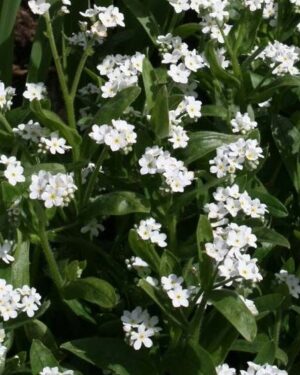
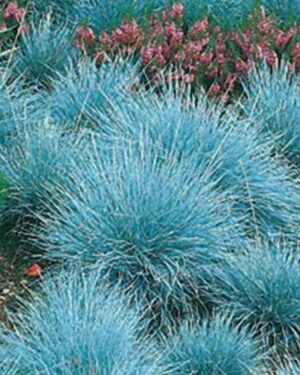

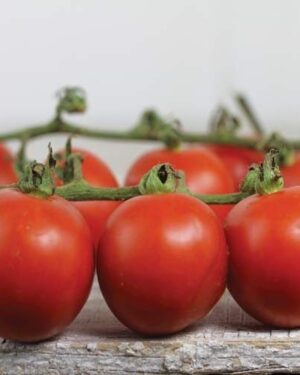
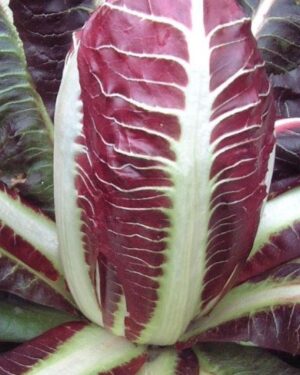
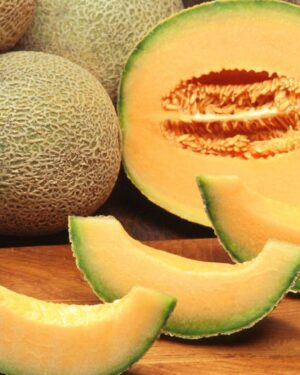
Reviews
There are no reviews yet.